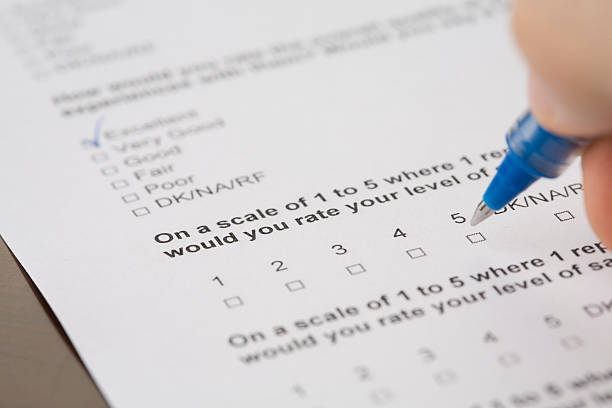Maximizing Hotel Team Videoconferencing
By Larry and Adam Mogelonsky | February 9, 2021
Are you sick of all the Zoom, Skype, Google Meets and Microsoft Teams calls yet? While it’s a good morale boost to see familiar faces while we all continue to work from home, the popularity of videoconferencing may in fact have a demoralizing effect because of how much they can lower productivity—meeting paralysis as it’s called.
Our primary gripe—and one that we would gladly debate with anyone—is that most of these videoconferences are a waste of time. But this should not come as a shock for the hospitality world. In truth, long before the advent of daily or weekly videoconferences, many managers were already hampered from getting any real work done because their days would see them bouncing from hour-long meeting to hour-long meeting on top of the perfunctory executive committee gatherings, all with only enough time in between for a light nosh or a bit of inbox clearing. The main consequence of this is that long-term projects—the ones that require deep thought and the ones that will ultimately move the needle for the hotel—get neglected and delayed.
The principle at the core of this is what’s called ‘flow,’ where you need a dedicated and uninterrupted period of time to crank out those lengthy outlines or peruse documents from colleagues. When you are bombarded by meetings at regular intervals throughout the day, it’s not like you can just jump back into these projects that require a certain degree of monkish focus. Compounding that, videoconferencing requires you to look at a screen, so you end up using more mental energy during these meetings than during a voice-only call.
Thus, the final result of meeting paralysis and the proliferation of full-team videoconferences is that a hotel’s managers become stressed out because they won’t have time to do their actual jobs. Then after you factor in how these gatherings can impede the formation and implementation of larger initiatives, the guest experience suffers.
Looking at how to correct this growing pain of the post-pandemic hospitality world, we offer five suggestions, some of which may involve the deployment of additional software layers in order to heighten team productivity, as well as accountability.
- Temporal alignment. Sometimes your team, working remotely or on property, may need a bit of a morale boost to start their day. Yet for many, our mental energy levels peak in the morning, especially after a couple coffees, and it would often be a shame to waste this time on something as perfunctory as a morning standup or an executive committee conference. You decide when to schedule your meetings but keep the daily cycle in mind and try to stick to a recurrent routine to limit the discombobulation of having managers bounce between videoconferences throughout the work week.
- Use management software. This should be a no brainer by now, but you need a robust tracking system for all back-of-house tasks to organize communication in today’s remote work conditions. This not only applies to matters related to guest service, but such applications can also be utilized for long-term and large-scale projects that involve multiple departments.
- Stick to the agenda. Your meetings should be swift and to the point; they aren’t the time for long-winded speeches or reciting the company motto. Formulate an agenda at least 24 hours in advance so everyone has a moment to review it and mentally prepare, making sure to post it to an online bulletin board or internal project management app for easy access.
- Record minutes. Traditionally done with a dedicated notetaker, there are now a few apps that can transcribe what’s said for you. Either way, the point of minutes is to keep your team honest insofar as next steps and deadlines for those follow-up activities. Although it would be ideal for someone to take the initiative, the more likely outcome is that if you don’t assign a specific person with a specific goal date, nothing will get done.
- From dialogue to duologue. Any logophile will already know the latter word, but for everyone else it implies one-on-one breakout meetings to brainstorm ideas and hone necessary actions. Oftentimes, the meetings that involve more than three managers end up silencing the small voices or opinions from those who are too afraid to bring them up in a large group. Use your management software and your videoconferencing apps to set aside time for individual managers to regroup intimately, as often these duologues are more productive.






Get involved!
Comments